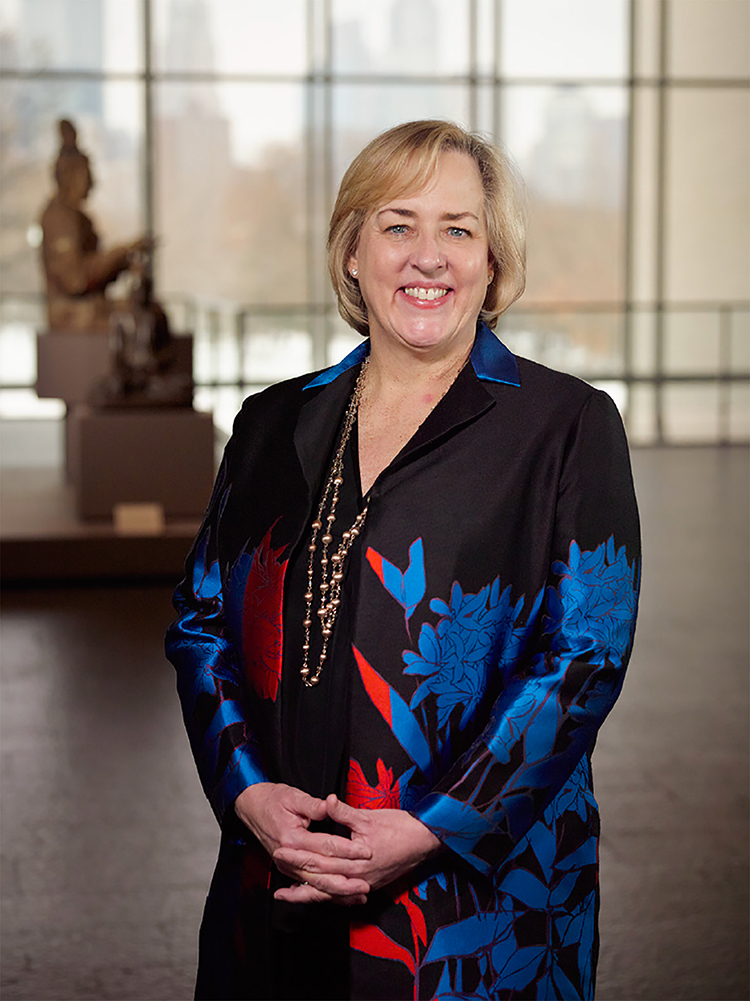Director’s Foreword

Yvonne and Gabriel Weisberg collect with passion, deep knowledge, and sharp eyes. In fifty years of prowling galleries, auction houses, and flea markets, they’ve made many discoveries and many friends. They have built an extraordinary collection of drawings and small paintings by French and Belgian artists of the nineteenth and early twentieth centuries, with a special emphasis on Realism. Their generosity with both their expertise and their collection is well known in art historical circles, to Gabe’s former students, and to their friends, a designation many of us here at Mia proudly claim. We are honored and grateful that the Weisbergs plan to make our museum the home for their entire collection.
The collection comprises some 200 artworks, as well as many important books and prints related to the couple’s areas of research. Mia first honored this treasured relationship in 2008 with an exhibition of Weisberg drawings called “Expanding the Boundaries.” That show and accompanying catalogue was a happy collaboration between Gabe and Lisa Dickinson Michaux, his former doctoral student and for many years a valued associate curator at Mia. The Weisbergs continued to grow their collection so quickly—and so astutely—that we felt museum visitors would want to see how it has cohered into the nationally significant, scholarly collection it is today. For the current exhibition, the Weisbergs worked with Tom Rassieur, Mia’s John E. Andrus III Curator of Prints and Drawings, to trace the subjects, themes, and techniques favored by realists. Because the collection contains so many fine works, we are showing a broad selection in two parts, the first covering 1830 to 1900, and the second 1900 to 1930.
The Weisbergs’ promised gift will greatly increase Mia’s holdings of French and Belgian drawings. This has already begun, through the yearly gifts of art the Weisbergs have made to Mia. In its entirety, the collection will change the character of Mia’s European collections by offering a broad view of the realist movement, which placed images of everyday experience above the concerns of the academics at the École des Beaux-Arts in Paris. These works invite us to reflect on the artists’ interest in and concern for the broad swath of rural and urban inhabitants who faced rapid change in an era of industrialization. Much of today’s contemporary art is rooted in similar concerns. Enabling our visitors to compare the past and the present is at the core of Mia’s function as an encyclopedic museum. This digital catalogue ensures that this collection will be available free to scholars and enthusiasts worldwide. Winifred Smith, who came to know the Weisbergs through Gabe’s classes, spent several afternoons with the couple gathering details for an essay on the Weisbergs’ life and accomplishments. Tom Rassieur introduces the collection and examines its significance. Gabe, Yvonne, and Tom researched and wrote extended entries. Marla J. Kinney, curatorial fellow in Mia’s Department of European Art, researched and reviewed content throughout the project. I am also grateful to senior designer Kris Thayer and the many other talented members of Mia’s staff for embracing digital technology.
In choosing to bequeath their collection to Mia, the Weisbergs have joined the great tradition of philanthropy that builds extraordinary museums. To these dedicated collectors and humanitarians, we owe a special heartfelt thanks.
Katherine Crawford Luber, PhD
Nivin and Duncan MacMillan Director and President
Minneapolis Institute of Art